New Delhi: The National Capital Region Transport Corporation (NCRTC) has successfully conducted a full trial run of the Namo Bharat train on the 82-km Delhi–Meerut Regional Rapid Transit System (RRTS) corridor.
Travelling from Sarai Kale Khan in Delhi to Modipuram in Meerut at a speed of 160 kmph, the semi-high-speed train completed its journey, with halts at all 25 stations, in under one hour, as planned. This marks a major milestone in the process of the corridor’s commercial launch and reaffirms NCRTC’s commitment to fast, safe and green public mobility.
Showcase of Technological Excellence
The trial demonstrated advanced rail technologies, including the implementation of ETCS Level 3 Hybrid signalling over an LTE backbone, the first such deployment in India. This signalling system is specially designed to manage high-speed, high-frequency train operations with enhanced safety and efficiency.
Additionally, Platform Screen Doors (PSDs) were fully functional at every station during the trial. These doors are critical to safety, energy conservation and maintaining air-conditioned environments in the stations, further highlighting NCRTC’s emphasis on modern, commuter-friendly infrastructure.
Integration with Meerut Metro
The trial coincided with ongoing operations of the Meerut Metro and no disruptions were reported, showcasing seamless integration between the two transit systems. This compatibility illustrates the corridor’s readiness for high-capacity, multi-modal urban transport and highlights India’s first integrated infrastructure project combining a metro system with a regional rapid rail.
Significance of the Delhi–Meerut RRTS Corridor
The Delhi–Meerut RRTS is India’s first semi-high-speed regional rail corridor aimed at drastically reducing travel time between major urban centres, promoting regional economic development and offering a sustainable alternative to road transport. Once fully operational, it is expected to transform daily commuting patterns in the National Capital Region by significantly cutting congestion and carbon emissions.
So far, 55 km of the corridor, including 11 stations, is operational. Trial runs are actively underway on the remaining stretches: a 4.5 km section in Delhi and a 23 km section in Meerut. The Meerut section includes 13 stations, with 18 km elevated and 5 km underground, and forms part of India’s first dual-use infrastructure supporting both metro and regional transit services.
With the successful completion of this high-speed trial, NCRTC has moved one step closer to launching full-fledged operations, promising a new standard in intercity connectivity and commuter experience.
Also Read –
Delhi Metro Achieves Tunnel Breakthrough on Aerocity-Tughlakabad Corridor








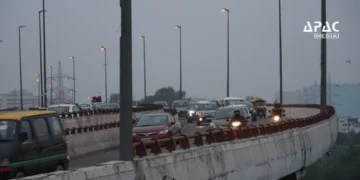







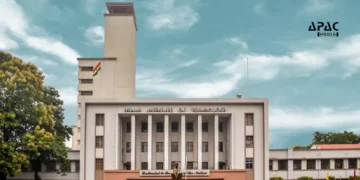





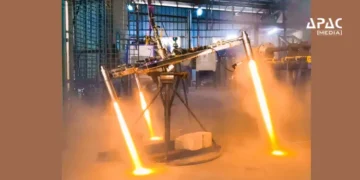




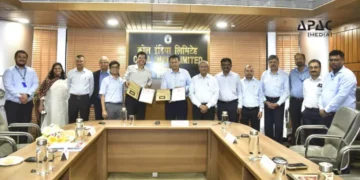
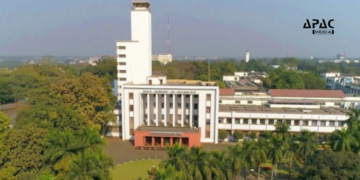

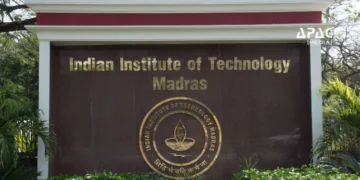
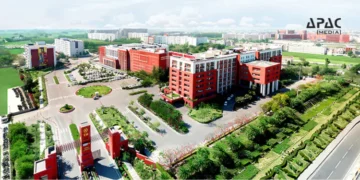


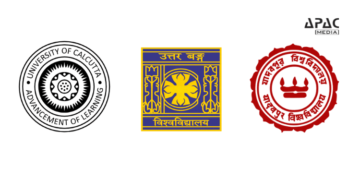




























Discussion about this post